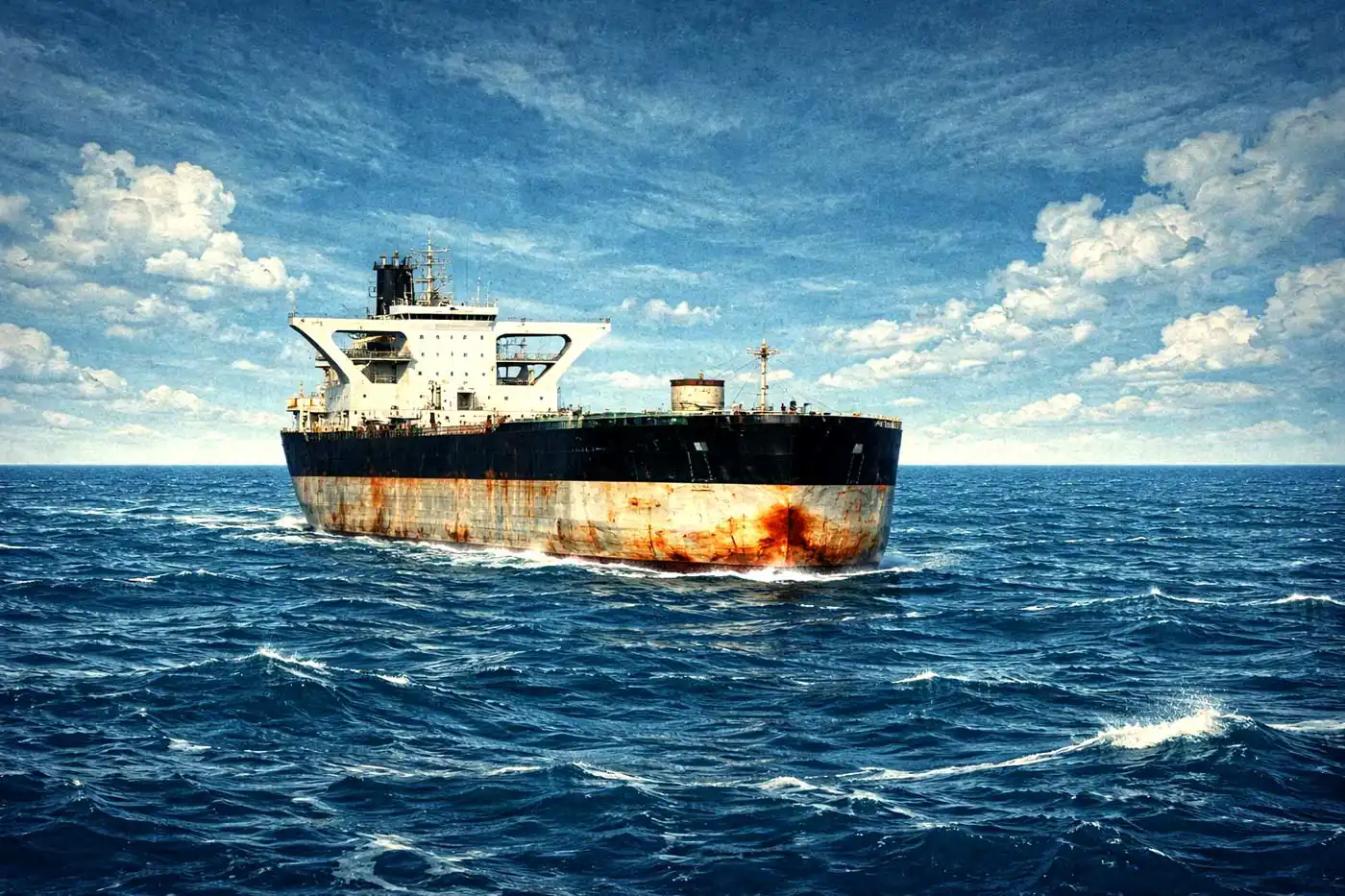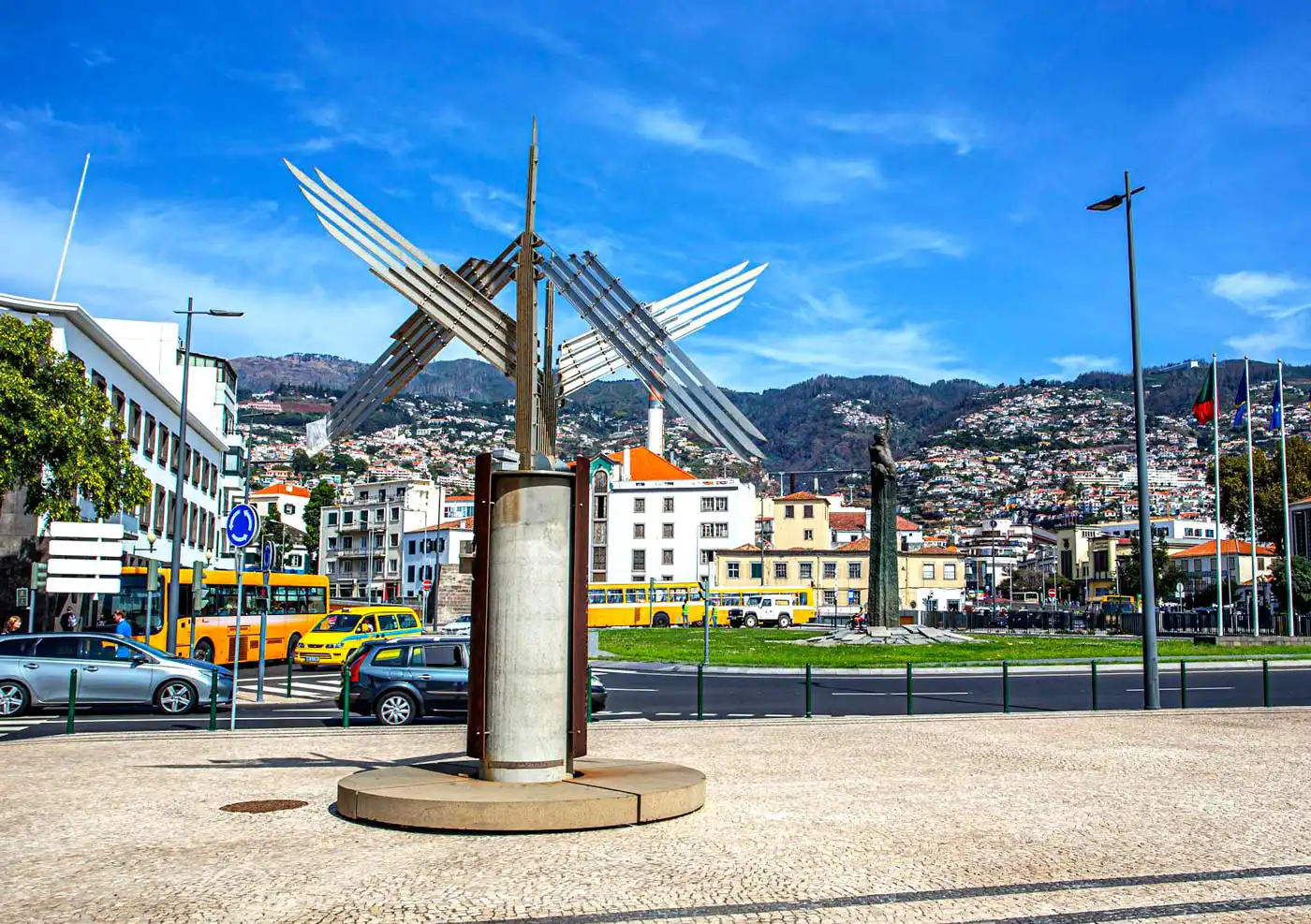Alcatel Scores 154 Million Euro Contract
Alcatel has secured a contract to build a submarine cable system linking the Mainland, Azores, and Madeira, with a total investment of 154.4 million euros. The project is scheduled for completion by 2026 and aims to enhance communication infrastructure in the region.
New Internet Cable Connection 500x Faster
The current system, in operation since 1999, has a capacity of about 300 gigabytes per second, whereas the new one will offer around 150 terabytes per second, thus increasing the nominal speed capacitiy 500x, significantly boosting communication performance and potentially reducing costs.
Funding Up To 100 Million Euro
Funding for the project, expected to reach a maximum of 100 million euros, will likely come from the proceeds of the 5G auction, along with support from CEF-Digital. The first application secured 40.5 million euros, with the outcome of the second application pending.
4000 Kilometers Of Submarine Cable
The project, spanning approximately 4,000 kilometers of submarine cable, is projected to be completed by the end of 2026. Portugal's strategic position in the international communications network is expected to transform the country into a central hub.
In any circumstance, the submarine cables that we are going to lay have levels of prediction and adaptation to increased demand, which are estimated to be significant.
President Infraestruturas de Portugal
Lifespan: 25 Years
The CAM Ring, as part of the international network, will feature four entry points into Europe: A Corunha, Salamanca, Badajoz, and Seville. IP Telecom, a public company overseeing the investment, will handle maintenance, ensuring an estimated operational lifespan of 25 years. The cable can be used longer but in terms of technological advancements, it will likely no longer meet the demands of the consumer.
Advanced Technology
Scientific progress in submarine cables aims to meet evolving user demands. The submarine installation will incorporate a SMART component for seismic detection, climate, and environmental monitoring, developed in collaboration with the Portuguese Institute of the Sea and Atmosphere (IPMA).
Source: Correio da Manhã






Comments